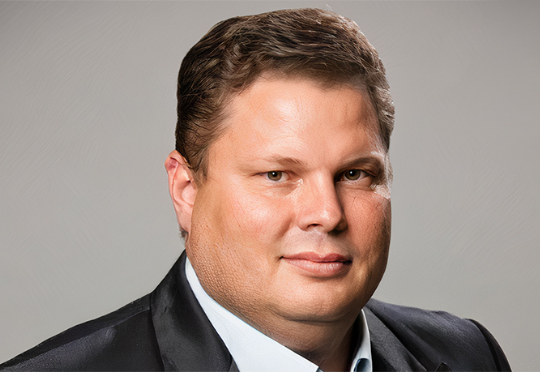Jaco du Plooy: Creating sustainable data centres through energy-efficient solutions

With the large-scale migration of business data and IT services to the cloud – particularly in light of the global pandemic driving a 35 percent increase in online traffic – there has been a notable rise in global data centre construction.
However, while data centres remain the backbone of the internet and cloud-computing processes, they are also some of the world’s greatest energy guzzlers. The cooling systems that data centres use to maintain a temperature-controlled environment and prevent servers from overheating, for instance, use nearly 40 percent of energy 24 hours a day.
To add to this, estimates suggest data centres are responsible for up to five percent of all global greenhouse gas emissions, contributing immensely to the challenge of global warming. For this reason, it is imperative that data centre operators take accountability and actively work towards finding energy efficient solutions towards a greener future for data centres.
“The demand for data centre infrastructure continues to soar because of the exponential growth of big data. Despite its known negative environmental impact, the data centre industry can and should play an active role in helping to cut the global IT carbon footprint, by employing sustainable and efficient solutions to power, cool and maintain data centres,” says Jaco du Plooy, Product Manager at Eaton South Africa.
Energy optimisation solutions and strategies
A strategic approach to energy management can contribute considerably to not boosting data centre efficiency, but can bring an immediate and long-term power cost saving, as well as reduce greenhouse gas emissions and the load on South Africa’s already constrained national power utility, Eskom.
Most hyperscale data centres could cut their greenhouse gas emissions by 88 percent by switching to efficient equipment and improving energy management.
Cooling equipment and systems are crucial in maintaining temperature-controlled data centre environments and ensuring stable operation of hardware. Installing energy-efficient cooling systems is the first and most important step data centre operators can take towards cutting energy consumption. Systems that use a continuously variable speed fan, for instance, will result in a considerable energy saving.
It’s also a good idea to re-evaluate the operating temperatures maintained in data centres. Studies have shown that data centres can run higher than the conventional operating temperatures of between 20 to 22 degrees Celsius, without compromising the system’s reliability of optimal efficiency. This would result in power savings as chillers would not have to work as hard.
Adding renewable power to the mix can also help reduce a data centre’s overall greenhouse gas emissions by 98 percent, when used with other energy efficient strategies.
Look into how much energy the UPS systems in data centres use to convert power too. Using high-efficiency UPS systems that don’t require transformers will also boost energy efficiency by reducing consumed raw materials and lowering freight costs with a substantially smaller footprint.
A typical day in a data centre will see varied server loads. A data centre’s servers running at full capacity when workloads and utilisation are operating at far less is a massive energy waste. Data centre facilities can boost energy management by using intelligent hardware that provides data collection, measurement, and monitoring capabilities. This will ensure optimal use of resources, while helping to identify and diagnose equipment issues that need repair or maintenance before equipment failure occurs and costs become much greater, as a result of downtime or the need to replace the equipment.
“A sustainable and greener future for the data centre industry is certainly within reach. There are many strategies and solutions organisations can employ to optimise the energy usage in data centres and ensure a reduced carbon footprint. This will prepare the industry at large for the energy transition on the horizon – the next step in the global sustainability journey,” concludes Du Plooy.
Jaco du Plooy is the Product Manager, Eaton South Africa.
Follow us on Telegram, Twitter, Facebook, or subscribe to our weekly newsletter to ensure you don’t miss out on any future updates. Send tips to info@techtrendske.co.ke




